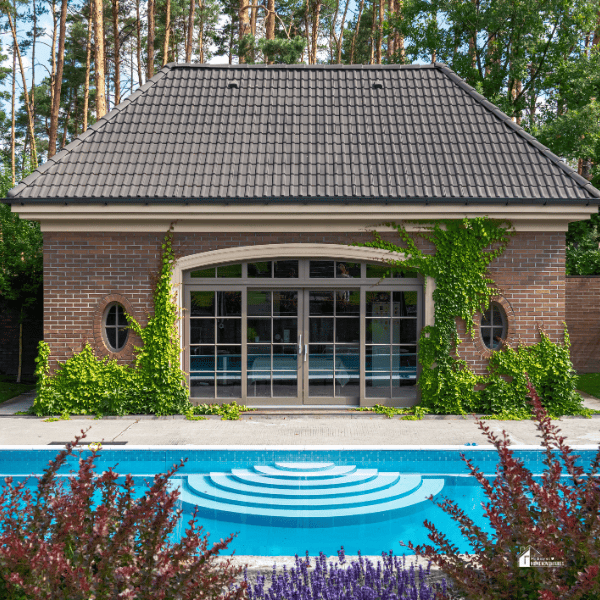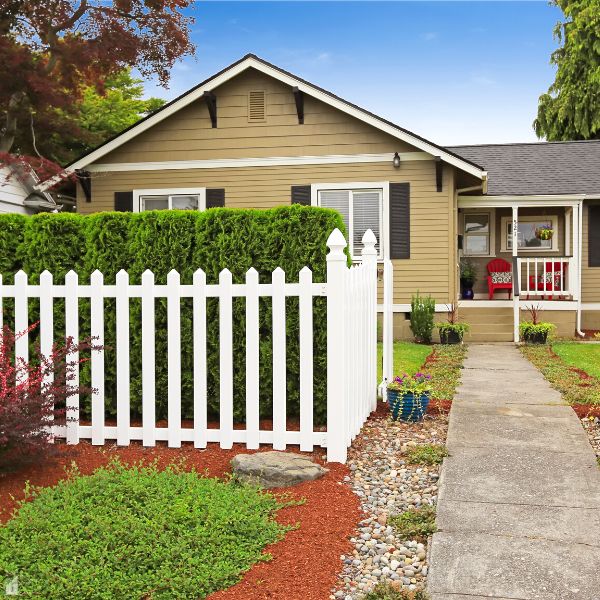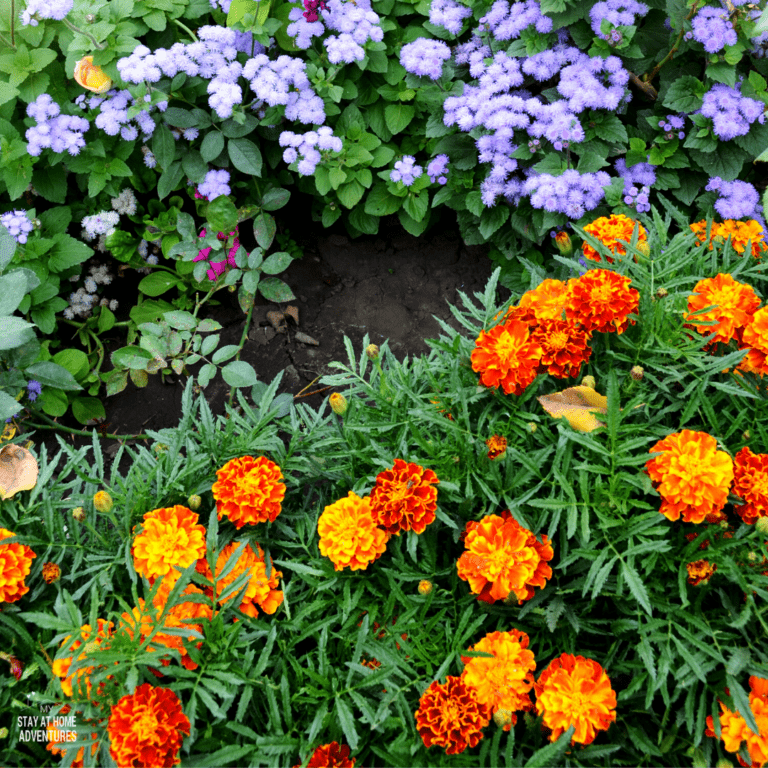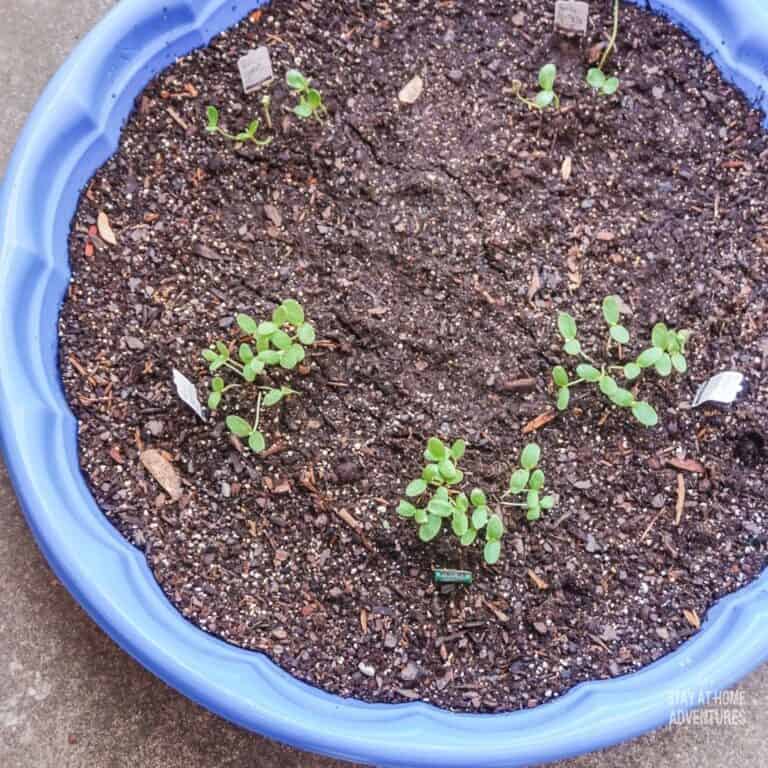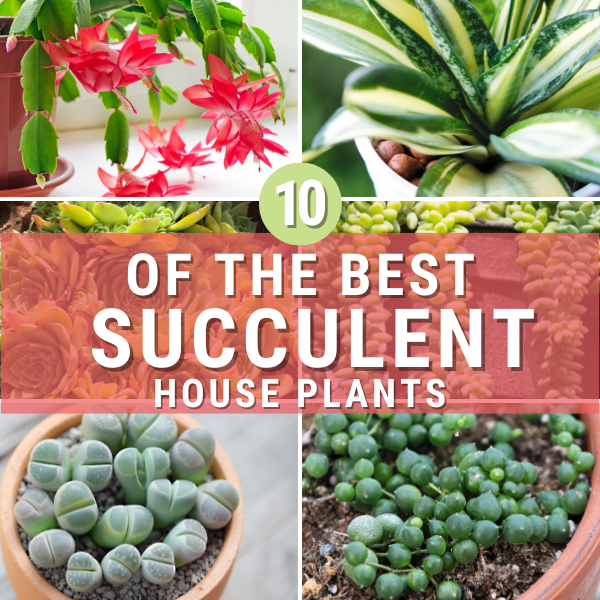How Can Outdoor Fountains Complement Different Garden Styles: A Guide to Harmonious Design
This post may contain affiliate links which might earn us money. Please read my Disclosure and Privacy policies hereOutdoor fountains can be an exciting addition to your garden, offering unique charm and character. Whether your garden style is modern or classic, a well-placed fountain can add a new dimension to your landscape. Fountains can complement different garden styles by providing texture, improving the natural beauty, and creating a peaceful atmosphere.
Imagine a classic garden with stone paths and lush greenery. A tiered fountain could serve as a beautiful focal point, drawing attention and adding a sense of elegance to the space. In more contemporary gardens, sleek and stylish outdoor fountains can bring a modern touch, fitting perfectly with minimalist designs. You can explore options and even find outdoor fountains here that suit your aesthetic.
Fountains also attract wildlife, such as birds and butterflies, adding life to your outdoor space. This interaction not only beautifies your garden but also brings a sense of connection with nature. Fountains can truly transform your garden, making it a more inviting and serene place for you and your guests.
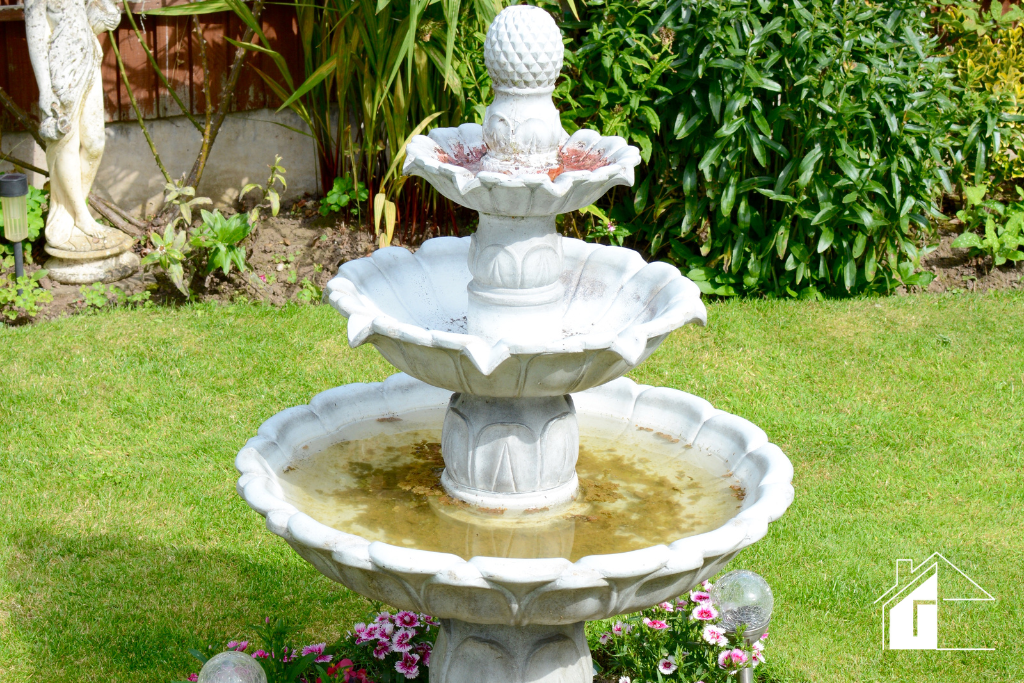
Incorporating Outdoor Fountains in Different Garden Styles
Outdoor fountains can add a unique touch to various garden styles. Whether you have a formal garden or a modern landscape, integrating the right fountain can elevate the overall look and feel of your outdoor space.
Complementing Formal Gardens with Symmetrical Fountain Designs
In formal gardens, symmetry is often key. Using a fountain with identical sides can add balance and elegance to the layout. For a classic look, consider using stone features with intricate patterns, like tiered fountains. This complements the manicured hedges and straight pathways typical of formal settings.
The clean lines of these fountains can create a sense of order and structure. Well-placed fountains act as focal points or centerpieces, drawing attention and adding a touch of sophistication to the garden. They can seamlessly fit in with neatly trimmed greenery and geometric shapes.
Improving Cottage Gardens with Rustic Water Features
Cottage gardens thrive on a more relaxed and whimsical style. Adding a rustic water feature can highlight the informal beauty of this garden type. Options like stone basins or wooden barrels can work well. These natural materials blend easily with the vibrant colors and varied plant textures.
Using simple, rustic designs brings a sense of charm and nostalgia. The gentle sound of water further improves the cozy ambiance of a cottage garden. Soft curves and aged finishes can create a welcoming atmosphere that feels both timeless and inviting.
Modern Gardens and Minimalist Fountain Styles
Modern gardens often utilize clean designs and simple forms. Choosing minimalist fountains can suit the sleek, pared-down look of a modern landscape. Opt for geometric shapes like squares or circles, which can add interest without overwhelming the space.
Materials such as concrete or metal can contribute to a contemporary vibe. By keeping the design uncomplicated and uncluttered, the fountain can act as a subtle yet striking feature. The water flow should be smooth and consistent, matching the garden's overall clean and modern aesthetic.

Natural Gardens and Organic-Shaped Fountains
In natural gardens, the aim is often to mimic the effortless beauty of nature. Using fountains with organic shapes, like those that resemble rocks or waterfalls, can complement this style beautifully. These fountains create a sense of continuity with the surrounding plant life.
The goal is to integrate the feature into its environment seamlessly. Natural materials like stone or pebbles can further improve this effect, making the fountain appear as though it belongs in the landscape. This can encourage a peaceful, harmonious atmosphere.
Japanese Gardens: Integrating Tranquil Water Elements
Japanese gardens often emphasize tranquility and simplicity. Integrating water elements like small fountains or bamboo spouts can help achieve this. The gentle trickling of water adds a calming effect, which is a key aspect of Japanese garden design.
Traditional features like tsukubai or shishi-odoshi can be excellent choices. These elements often have a cultural significance and improve the meditative quality of the garden. A focus on natural elements, such as stone and water, reflects the serene and minimalist philosophy of Japanese gardens.
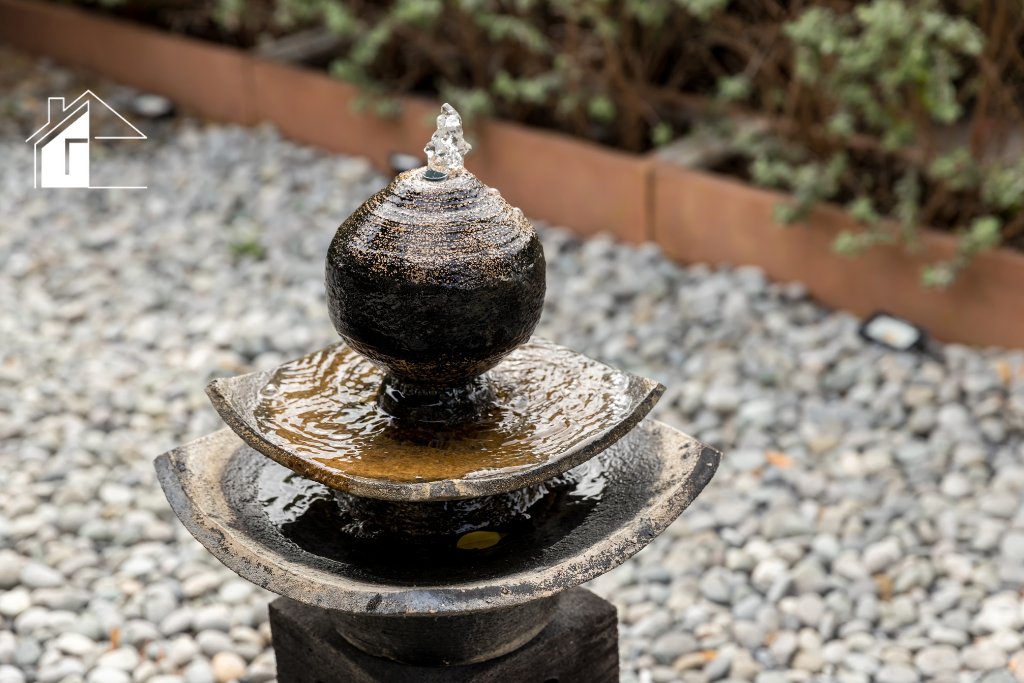
Selecting Fountains for Functionality and Aesthetics
When choosing an outdoor fountain, it's important to consider both how functional it will be and how it looks. This means thinking about its size compared to your garden, what it's made from, and how much you need to care for it. Here’s what to focus on:
Considering Scale and Proportion Relative to Garden Size
The size of the fountain should match the size of your garden. A large fountain might look out of place in a small area. In contrast, a small fountain could be overlooked in a large garden.
Measure available space and consider the visual balance. If your garden is big enough, multiple smaller fountains suit different sections of the garden. This balance can create harmony in the space without making it feel crowded or empty.
Choosing Materials that Harmonize with the Garden's Theme
The material of your fountain can affect the garden's look. Common materials include stone, metal, and ceramic. Each brings a different style. For instance, a stone fountain might fit well in a rustic or natural garden setting, while a metal fountain could complement a modern design.
Consider the garden's color scheme and theme. The material should blend well, like a natural extension of your garden’s design. Using matching or complementary materials keeps everything unified and pleasing to the eye.
Fountain Maintenance and Upkeep for Longevity
Maintenance helps fountains last longer and look good. Regular cleaning and caring for the pump are key. Different materials need different care. For instance, stone might need sealing to prevent staining.
Choose a fountain that matches your enthusiasm for upkeep. Some require less work, like solar-powered fountains. Check the manufacturer's recommendations for cleaning and care. This regular attention helps prevent issues, guaranteeing the fountain continues to function and maintain its beauty.
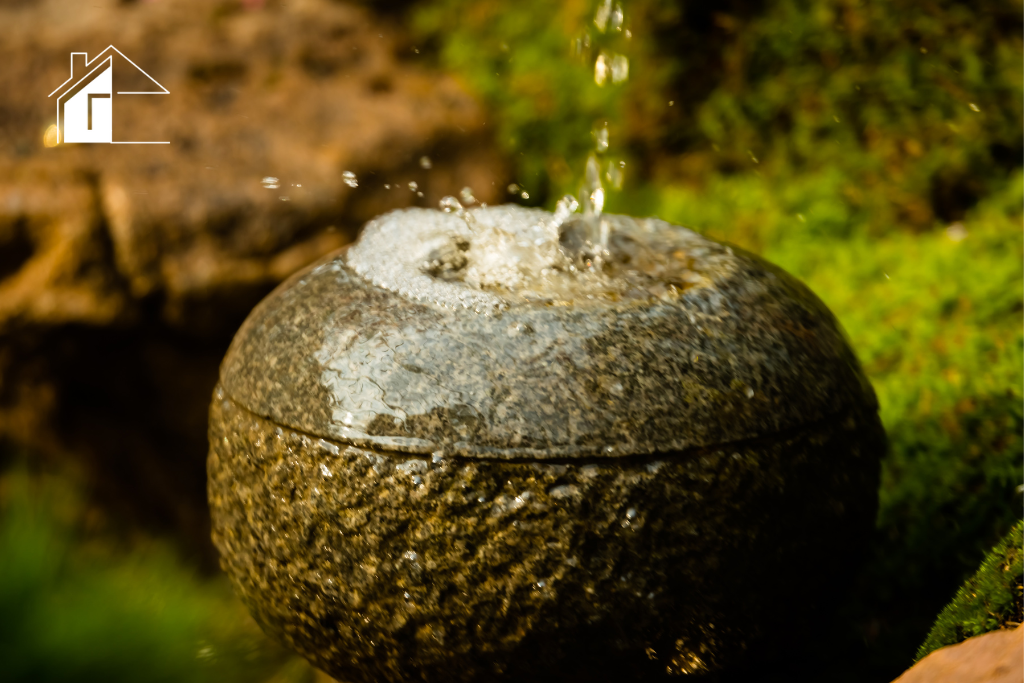
Conclusion
Outdoor fountains can transform your garden into a peaceful, calming oasis. By considering the different types of garden fountains, you can find one that fits your space and complements your garden's style.
The key features include size, material, and design. A good choice will withstand the weather and match your garden's aesthetics.
Strategic placement is important for attracting wildlife. This can add life and vibrancy to your garden environment. Fountains improve visual appeal and provide a soothing ambiance.


